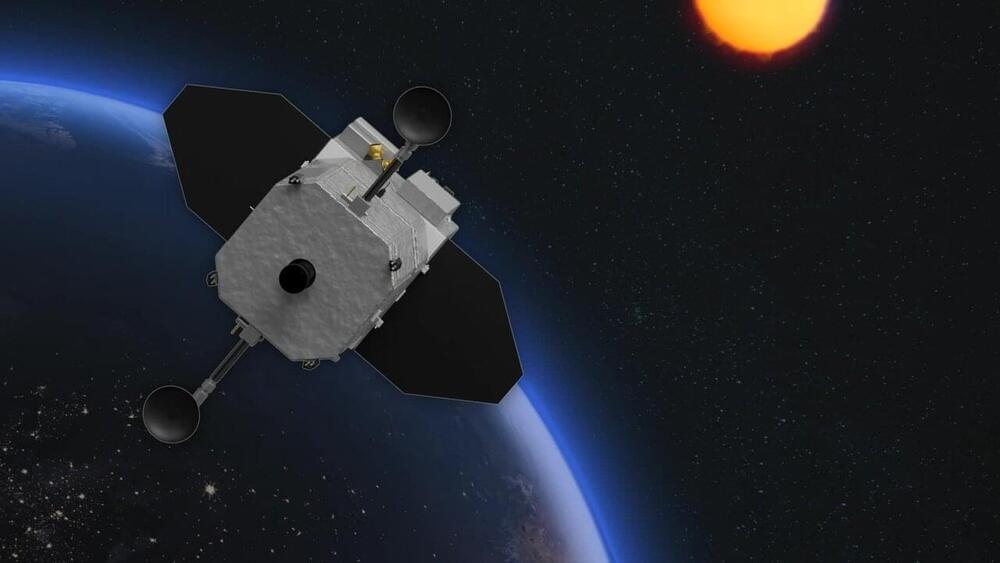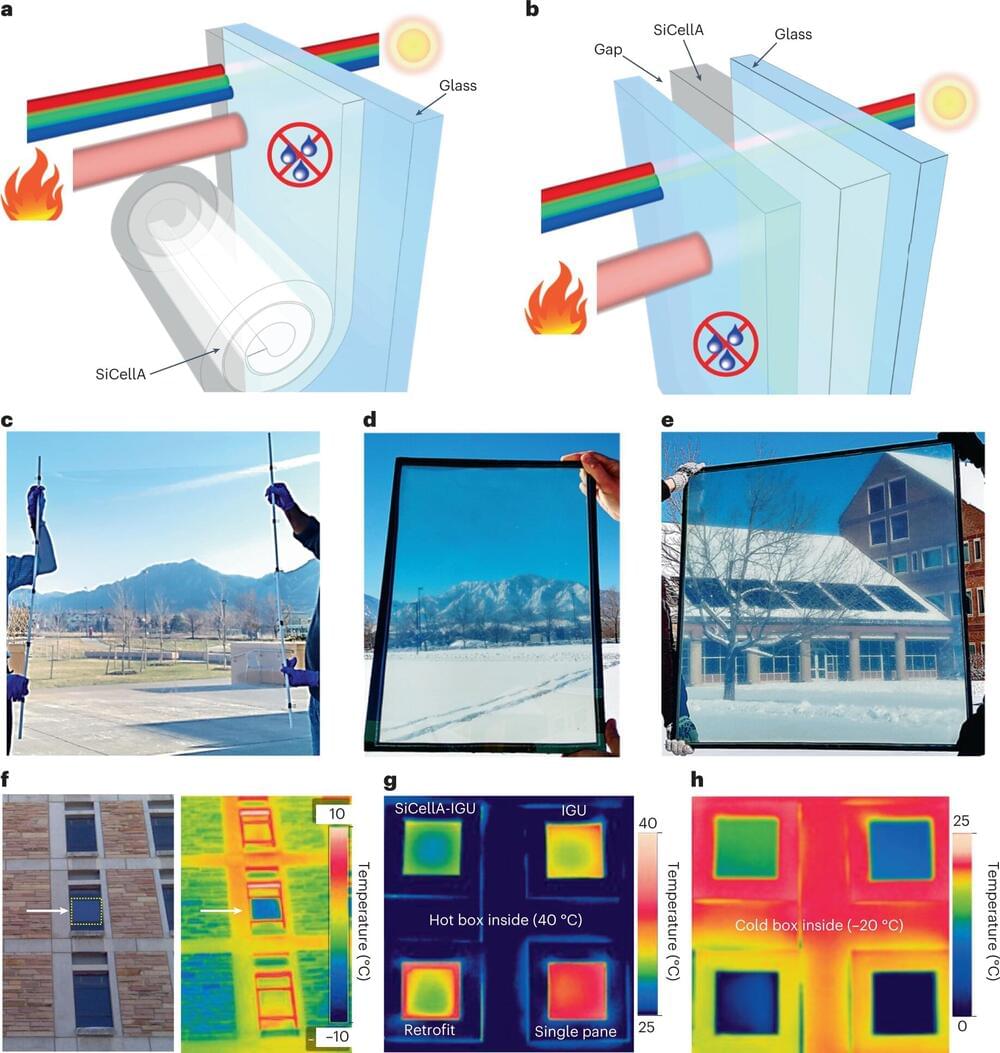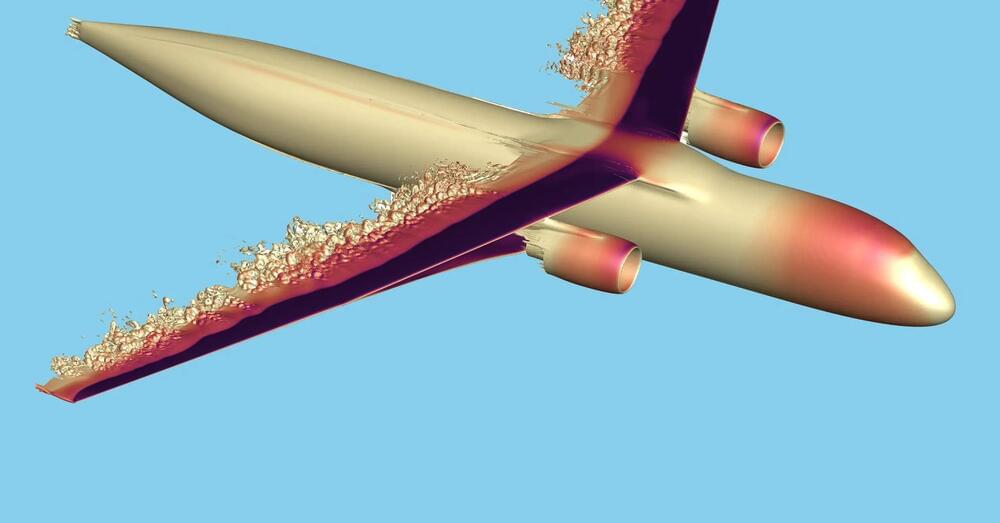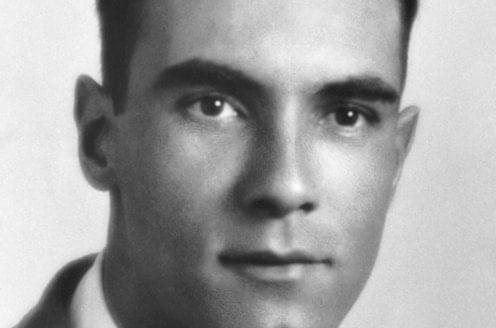In 1949 physicist Chien-Shiung Wu devised an experiment that documented evidence of entanglement. Her findings have been hidden in plain sight for more than 70 years.



Astrophysicists in Australia have shed new light on the state of the universe 13 billion years ago by measuring the density of carbon in the gases surrounding ancient galaxies.
The study, published in Monthly Notices of the Royal Astronomical Society, adds another piece to the puzzle of the history of the universe.
“We found that the fraction of carbon in warm gas increased rapidly about 13 billion years ago, which may be linked to large-scale heating of gas associated with the phenomenon known as the Epoch of Reionization,” says Dr. Rebecca Davies, ASTRO 3D Postdoctoral Research Associate at Swinburne University of Technology, Australia and lead author of the paper describing the discovery.

There’s a mystery happening in some satellites facing the sun, and scientists from the National Institute of Standards and Technology (NIST) and the Laboratory for Atmospheric and Space Physics (LASP) are on the case. The team has been trying to figure out what is clouding up and compromising the performance of tiny, thin metal membranes that filter sunlight as it enters detectors that monitor the sun’s ultraviolet (UV) rays.
These detectors can warn us about impending solar storms—bursts of radiation from the surface of the sun—that could reach Earth and temporarily disrupt communications or interfere with GPS readings.
Last year, the team disproved the prevailing theory: that this clouding was a buildup of carbon on the surface of the filters from organic sources stowing away on the satellite.

A team of physicists and material scientists at the University of Colorado has developed a way to better insulate double-paned glass used for windows by adding a transparent aerogel. In their paper published in the journal Nature Energy the group describes how their aerogel is made and how much of a boost in energy efficiency can be expected from windows using the material. Nature Energy has also published a Research Briefing in the same journal issue that outlines the work done by the team.
Since most homeowners prefer to have windows that allow them to see outside, heat loss is inevitable. Over the past several decades, heat loss from windows has been improved by adding a second pane of glass —the two panes are typically separated by a gap of insulating air. Still, such windows do not provide nearly the same degree of insulation as insulated walls. In this new approach, the team in Colorado has come up with a way to improve the insulation properties of double-paned glass.
To make the aerogel (a gel with pockets of air in it), the research team soaked nanofibers of cellulose extracted from wood in water. Next, the wood nanofibers were removed and were then dunked in an ethanol solution. Once saturated, the nanofibers were heated in a pressurized oven—this forced the ethanol pockets to be replaced with air. Next, the nanofibers, which were transparent, were coated with a water-repellent material to prevent condensation when situated between panes of glass.



No, it’s not hypermodern art. This image, generated by NASA
Established in 1958, the National Aeronautics and Space Administration (NASA) is an independent agency of the United States Federal Government that succeeded the National Advisory Committee for Aeronautics (NACA). It is responsible for the civilian space program, as well as aeronautics and aerospace research. Its vision is “To discover and expand knowledge for the benefit of humanity.” Its core values are “safety, integrity, teamwork, excellence, and inclusion.” NASA conducts research, develops technology and launches missions to explore and study Earth, the solar system, and the universe beyond. It also works to advance the state of knowledge in a wide range of scientific fields, including Earth and space science, planetary science, astrophysics, and heliophysics, and it collaborates with private companies and international partners to achieve its goals.
It’s easy to envisage other universes, governed by slightly different laws of physics, in which no intelligent life, nor indeed any kind of organized complex systems, could arise. Should we therefore be surprised that a universe exists in which we were able to emerge?
That’s a question physicists including me have tried to answer for decades. But it is proving difficult. Although we can confidently trace cosmic history back to one second after the Big Bang, what happened before is harder to gauge. Our accelerators simply can’t produce enough energy to replicate the extreme conditions that prevailed in the first nanosecond.
But we expect that it’s in that first tiny fraction of a second that the key features of our universe were imprinted.

It’s a theoretical concept, but realistic enough that NASA’s Innovative Advanced Concepts program has given Davoyan’s group $175,000 to show that the technology is feasible. “There’s rich physics in there,” says Davoyan, a mechanical and aerospace engineer at UCLA. To create propulsion, he continues, “you either throw the fuel out of the rocket or you throw the fuel at the rocket.” From a physics perspective, they work the same: Both impart momentum to a moving object.
His team’s project could transform long-distance space exploration, dramatically expanding the astronomical neighborhood accessible to us. After all, we’ve only sent a few robotic visitors to scope out Uranus, Neptune, Pluto, and their moons. We know even less about objects lurking farther away. The even smaller handful of NASA craft en route to interstellar space include Pioneer 10 and 11, which blasted off in the early 1970s; Voyager 1 and 2, which were launched in 1977 and continue their mission to this day; and the more recent New Horizons, which took nine years to fly by Pluto in 2015, glimpsing the dwarf planet’s now famous heart-shaped plain. Over its 46-year journey, Voyager 1 has ventured farthest from home, but a pellet-beam-powered craft could overtake it in just five years, Davoyan says.
He takes inspiration from Breakthrough Starshot, a $100 million initiative announced in 2016 by Russian-born philanthropist Yuri Milner and British cosmologist Stephen Hawking to use a 100-gigawatt laser beam to blast a miniature probe toward Alpha Centauri. (The star nearest our solar system, it resides “only” 4 light-years away.) The Starshot team is exploring how they could hurl a 1-gram craft attached to a lightsail into interstellar space, using the laser to accelerate it to 20 percent of the speed of light, which is ludicrously fast and would reduce travel time from millennia to decades. “I’m increasingly optimistic that later this century, humanity’s going to be including nearby stars in our reach,” says Pete Worden, Breakthrough Starshot’s executive director.
